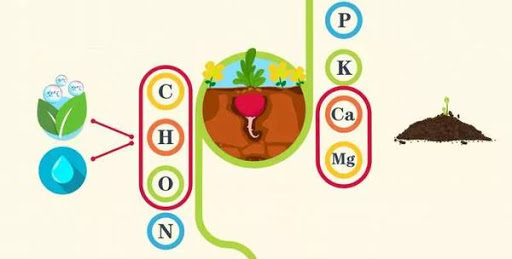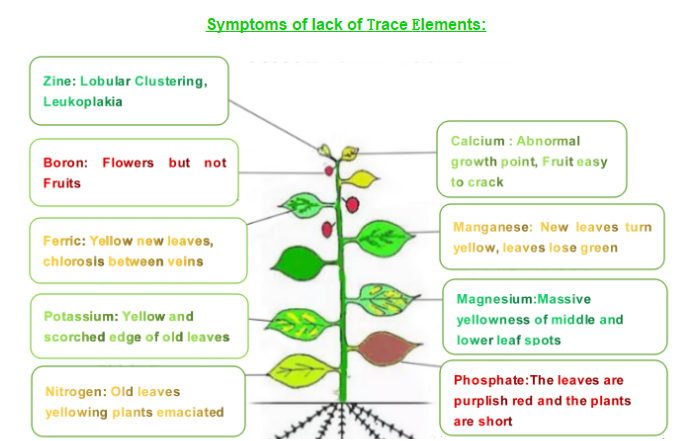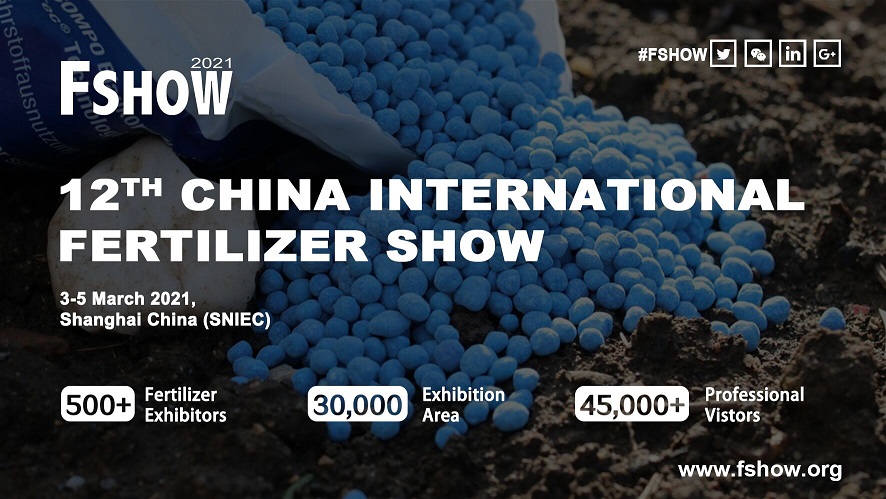
Exhibition time: 17-19 March, 2026 Shanghai, China
 中文
中文

Exhibition time: 17-19 March, 2026 Shanghai, China
 中文
中文

First, 16 essential elements for plant growth:
1.There are 9 kinds of elements: Carbon, Hydrogen, Oxygen, Nitrogen, Phosphorus, Potassium, Calcium, Magnesium and Sulfur.
2.There are seven kinds of trace elements: Ferric, Manganese, Zinc, Copper, Molybdenum, Boron and Chlorine.
What are chelators and types of chelating agents:
Chelators: metal atom or ion interacts with the coordination body containing two or more coordination atoms to form a complex with ring structure, which is called chelate. The ligands that can form chelates are called chelators, also known as complexing agents.
Type:
EDTA: pH value below 6.5 is applicable and basically invalid after 7.5;
DTPA: pH value below 8 is applicable;
Eddha: pH value below 11 is applicable;
IDHa: it is a patented process of allandom, Poland, with pH value below 6.5;
Hbed: it is the most advanced chelating process in the world, applicable to any pH range.

Types of Microelement Fertilizer:
1. EDTA-MIXED (Customizable)
2. Single trace element
3. Liquid EDTA-MIXED (Customizable)

Benefits of using chelated medium and trace elements:
1.One of the reasons for soil hardening is that a large amount of phosphate is applied for a long time. Phosphate ions combine with cations such as calcium and magnesium in the soil to form insoluble phosphate, which destroys the soil aggregate structure and causes soil hardening. If the chelated trace elements are used, they will not react with phosphate, sulfate and organic matter in the soil.
2.In terms of fertilizer efficiency, most of the soil in our country is rich in phosphorus. Inorganic salts are easy to react with phosphate, sulfate and organic matter to form insoluble substances. In order not to reduce the fertilizer effect, the microelements in chelation are used.
3.The absorption and utilization rate of Microelements in chelation is much higher than that of inorganic salts, and the absorption rate is almost dozens of times higher than that of inorganic salts. This is often a small amount, which can produce obvious effect.
4.In use, the chelated trace elements can be mixed with a variety of fertilizers, auxiliaries and regulators, without reducing the effect of other products, completely water-soluble and residue free.
